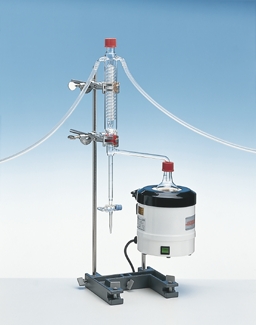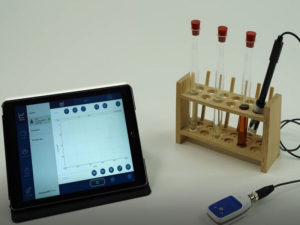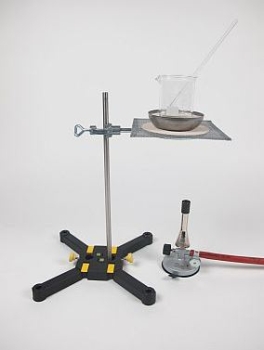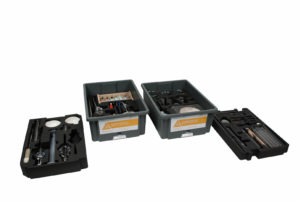Principle
This experiment examins the formation of p-tolune-sulfonic acid. The sulfonation of toluene with concentrated sulfuric acid is an electrophilic aromatic substitution. This means, the sulphonation of toluene is an electrophilic substitution at the aromatic compound. The sulphonating reagents can be the free sulphur trioxide or the HSO3+ cation, which is present in the concentrated sulphuric acid in equilibrium. Unlike most other electrophilic substitutions, sulphonation is a reversible reaction. If water is present at higher temperatures, hydrolysis is mostly successful. In order to displace the equilibrium towards the desired product, the generated water must be bound or removed from the reaction mixture by way of azeotropic distillation
Benefits
- Controlled and safe heating via heating mantle and power regulator
- Secure connection of the items by GL screw joint system
Tasks
- Prepare p-Toluenesulphonic acid from toluene and concentrated sulphuric acid.
Learning objectives
- electrophilic aromatic substitution
- sulphonation is a reversible reaction
- azeotropic distillation








Reviews
There are no reviews yet.